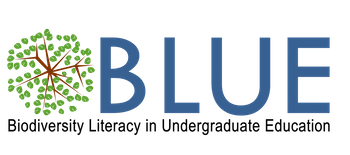611 total view(s), 336 download(s)
Summary:
Using QGIS, this module introduces students to zoonotic pathogens, host biogeography, the "One Health" concept, forming hypothesis, and natural history museums within the Hantavirus system.
Contents:
BLUE_MEPA_espanol_hostBiogeography_v0.docx (Instructors only)(DOCX | 4 MB)
BLUE_MEPA_hostBiogeography_v0.docx (Instructors only)(DOCX | 4 MB)
gbif_data.csv(CSV | 470 KB)
p_maniculatus_pathogen.csv(CSV | 404 KB)
USA48.gpkg(GPKG | 20 MB)
USA_elvation.tif(TIF | 27 MB)
- License terms
Description
In this module, students will create maps that show the sampling locations of wild animals and a pathogen using real animal occurrence data from natural history museums. They will then interpret the patterns in the map through a series of guided questions to learn how biogeography shapes species and pathogen distributions.
English and Spanish versions are included. Students will need access to QGIS.
Cite this work
Researchers should cite this work as follows:
- Colella, J., Cobos, M. E. (2023). Biogeography of Hantavirus Hosts. Biodiversity Literacy in Undergraduate Education, QUBES Educational Resources. doi:10.25334/YJ2C-YQ19
